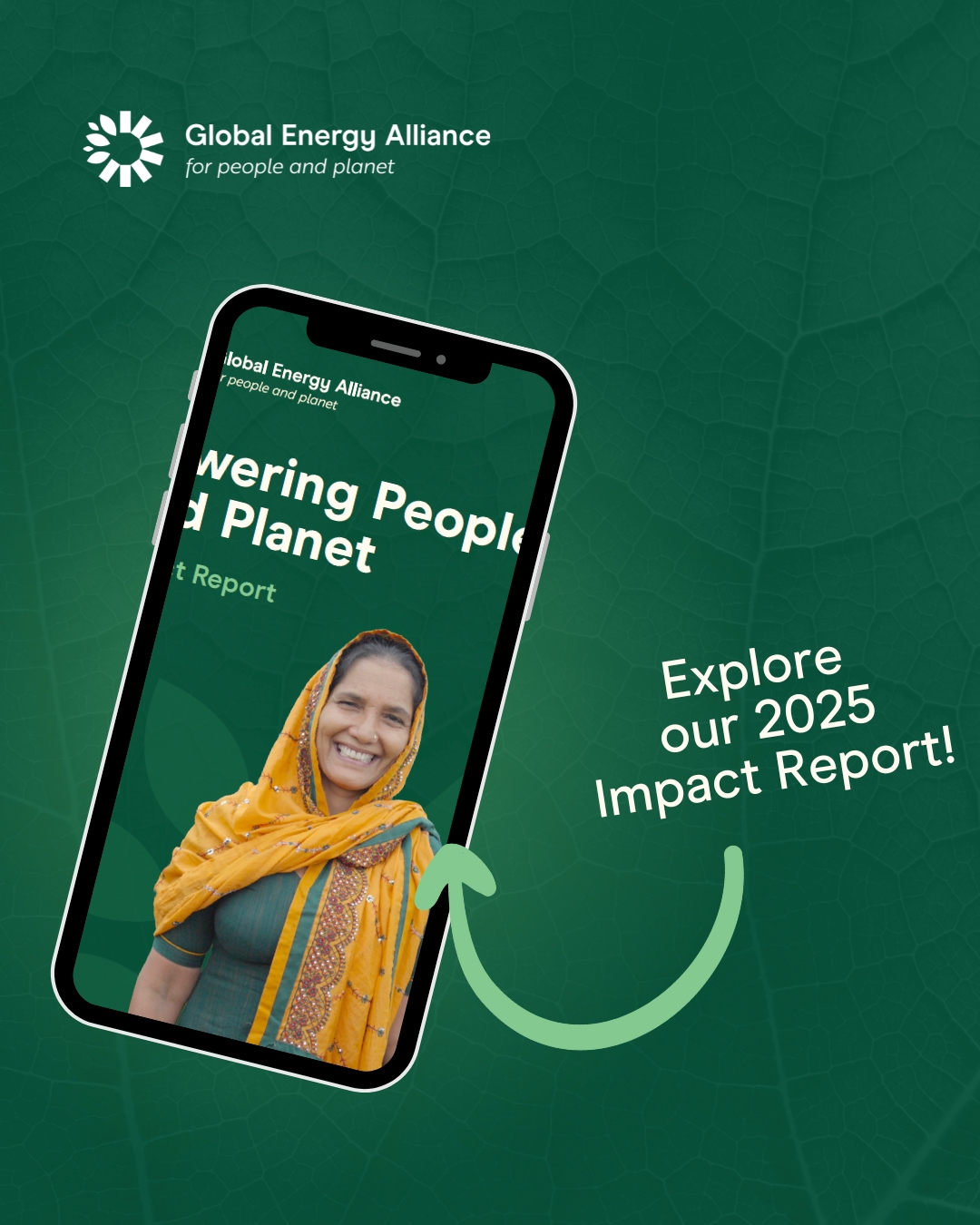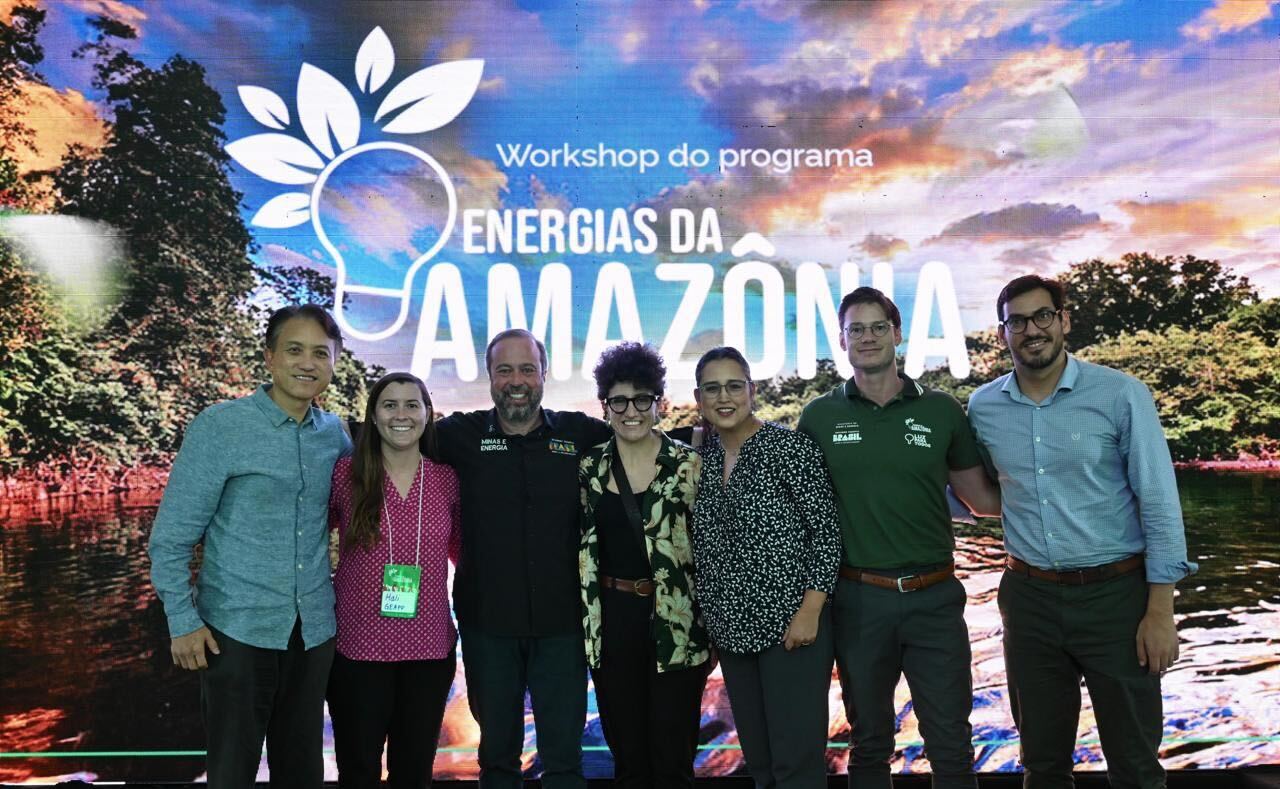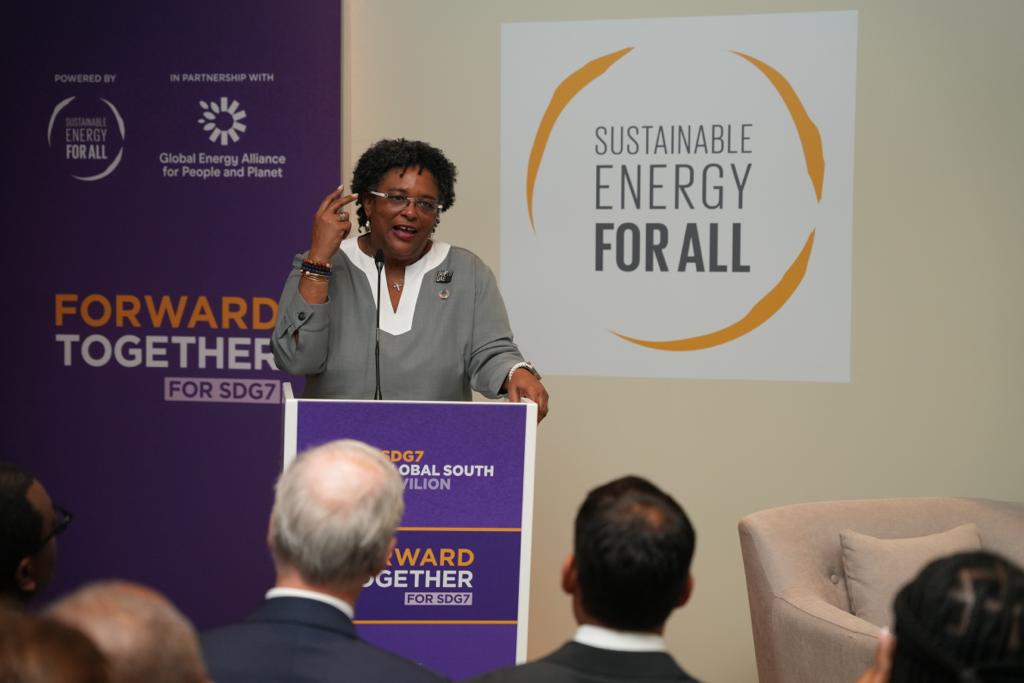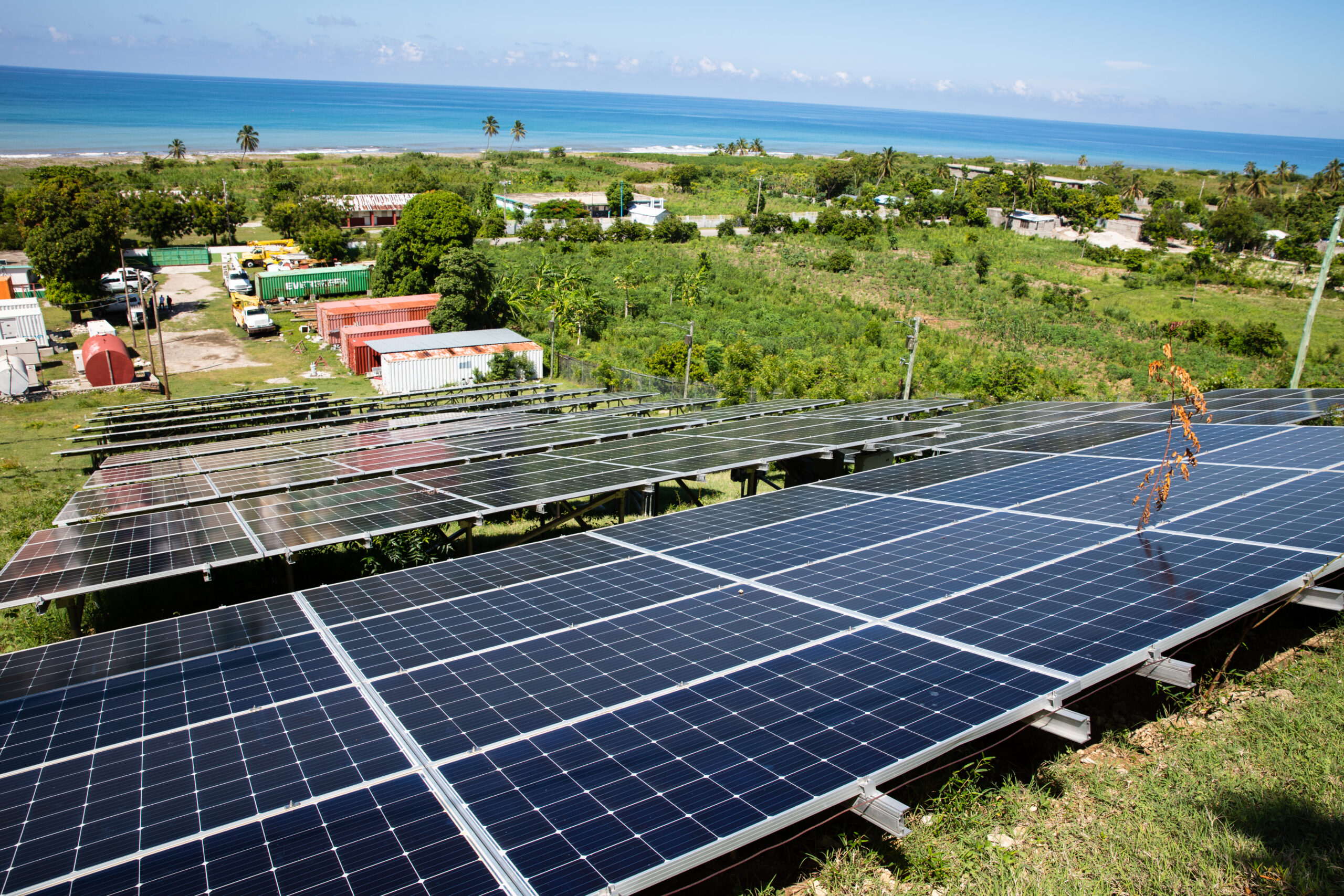Energy transition: why inclusion and innovation matter?

Exacerbating climate risks are compelling us to rethink our energy ecosystems, necessitating a shift to greener energy sources. While significant progress is being made toward mitigating climate risks and addressing critical energy challenges, this transition is not just about reducing emissions.
We have before us an opportunity to unlock broader economic and social benefits and drive long-term resilience. Guided by the framework of the Sustainable Development Goals (SDGs), we can enable a just, equitable transition that leaves no one behind. Bold innovations and inclusive actions will help us achieve the scale and speed necessary to meet global commitments and pressing timelines.
Scaling green solutions with innovation
With a rapidly expanding renewable capacity, a significant transformation is underway in the energy sector. Innovation holds the key to sustaining this momentum by addressing prominent challenges such as outdated infrastructure and energy access and creating an enabling environment.
Technological advancements such as Distributed Renewable Energy (DRE), Battery Energy Storage Systems (BESS), and Artificial Intelligence (AI) can modernize our traditional infrastructures and approaches to better accommodate the developments in green energy. These innovations are also instrumental in expanding access—particularly in underserved communities—by making energy more affordable, reliable, and accessible. Enhanced energy access can encourage greater engagement from communities, accelerating progress toward regional, national, and international targets.
Beyond technology, innovation also creates an enabling environment for green energy adoption. By unlocking economic opportunities, de-risking investments, and developing market capacity, innovation paves the way for sustainable energy solutions to scale. The Energy Transitions Innovation Challenge (ENTICE) by the Global Energy Alliance for People and Planet (GEAPP) is one such program that demonstrates the growth innovation can spur. ENTICE is enabling the adoption and scaling of green energy solutions in India by supporting the burgeoning startup ecosystem and innovations in the cleantech space.
While innovation is, undeniably, a powerful driver of the transition, realizing its full potential can only be made possible with the inclusion of diverse perspectives.
The gender divide in the energy sector
The underrepresentation of women in the energy sector continues to remain a major concern. The mere 32% representation of women In the global renewable energy workforce, is a stark reminder of systemic barriers and untapped potential.
Women’s limited participation in the sector can be attributed primarily to regressive stereotypes, limited access to information, opportunities, and resources, high vulnerability to climate change risks, and perception of women-led ventures as ‘high-risk’. Conventional gender stereotypes can perpetuate biases that hamper women’s engagement in the field, starting from a very young age—from categorization in early education to dissuasion against choosing career pathways in STEM to nonacceptance in leadership roles. In addition to these biases, women also face challenges in accessing opportunities and resources for entering and persevering in the field.
As we advance the transition, more emphasis will be needed on gender representation to ensure more informed decision-making, bridge skill gaps, and build resilient energy systems that work for all.
A gender-based approach to green innovation
For green innovation to deliver lasting impact, women must be active participants, not just beneficiaries, of the energy transition. Their lived experiences, sensitivity to social challenges, emotional quotient, and traditional knowledge bring a unique perspective to innovation. Studies have also found a direct correlation between women’s representation in decision-making roles and sustainable investment in renewable energy and the adoption of more robust climate change policies that reduce emission levels.
A gender-based approach to green innovation, aiming to increase women’s participation in the energy workforce and climate solutions, must encompass systemic changes across three interconnected levels: Individual, Community, and Policy. On an individual plane, we need greater advocacy for education, training and upskilling, and leadership development programs for women.
At a community level, provisions for equal opportunities, community resilience, and supporting women-led initiatives will be needed. Initiatives like the DEWEE (Decentralized Renewable Energy for Women’s Economic Empowerment) project by the Uttar Pradesh State Rural Livelihood Mission (UP-SRLM) are already making progress in this direction. With support from GEAPP, PCI India, HSBC, and the Gates Foundation, the initiative aims to empower women-led enterprises through DRE, solarizing 10,000 enterprises in its first phase.
To support and scale these advancements, we need forward-looking reforms at the policy level to promote gender equity and increase women’s participation in decision-making roles. Women’s voices must be emboldened and integrated in global climate dialogues to shape inclusive solutions.
Collaborating to transform lives
Strategic collaborations between diverse stakeholders can help overcome critical challenges. By pooling our resources and expertise, we can unlock funding, reforms, technologies, and other support to drive more impact in scaling solutions and achieving common targets.
This transition is not just a choice but an imperative. As we reimagine the future of our planet, we also have an opportunity to transform lives—an opportunity to enhance livelihoods, make opportunities more accessible, and build a more just and equitable world.



